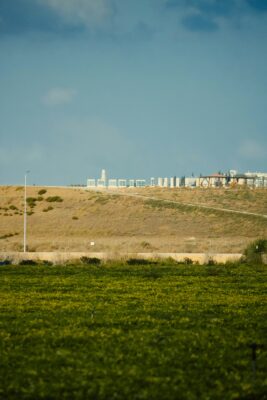
Israel Aims to Double Population in Gaza Border Communities by 2033
The Israeli government has unveiled an ambitious initiative to significantly increase the population residing in the communities adjacent to the Gaza border. Ze’ev Elkin, the minister overseeing the rehabilitation of Israel’s northern and southern borders, announced that the Tekuma Directorate intends to double the current population of this region to 120,000 by October 7, 2033.
This target date holds profound significance, marking ten years since the tragic events of October 7, 2023, when Hamas terrorists infiltrated the area, resulting in the loss of approximately 1,200 civilian lives and the abduction of 251 individuals to the Gaza Strip.
Minister Elkin emphasized that the envisioned growth should preserve the existing character of the region, maintaining a harmonious balance between urban and rural communities. He stressed that decisions regarding the nature and development of each community would be entrusted to the residents themselves, ensuring that local preferences and traditions are respected.
Aviad Friedman, newly appointed as the full-time head of the Tekuma Directorate, underscored the centrality of growth to the region’s recovery and resilience. He articulated a vision where the expansion serves as a testament to the area’s vitality and determination, stating, “Victory will only be meaningful if the people on the other side of the border look at us and say, ‘I fought in order to destroy them, and look, they’ve doubled [in size].'”
The announcement followed a comprehensive day of consultations held in the southern city of Sderot. Approximately 450 representatives from various sectors—including government officials, local authorities, kibbutzim, moshavim, and civil society organizations—convened to deliberate on a draft work plan for the directorate. The collaborative discussions aim to finalize this strategic plan by Independence Day on May 1.
However, the initiative faces financial adjustments. The directorate is set to experience a budget reduction of NIS 1 billion ($267 million) from the initially pledged NIS 5 billion ($1.3 billion) intended for regional development. Friedman assured that the revised work plan would accommodate this budgetary change through full consultation with local stakeholders, ensuring that the community’s needs and priorities remain at the forefront of development efforts.